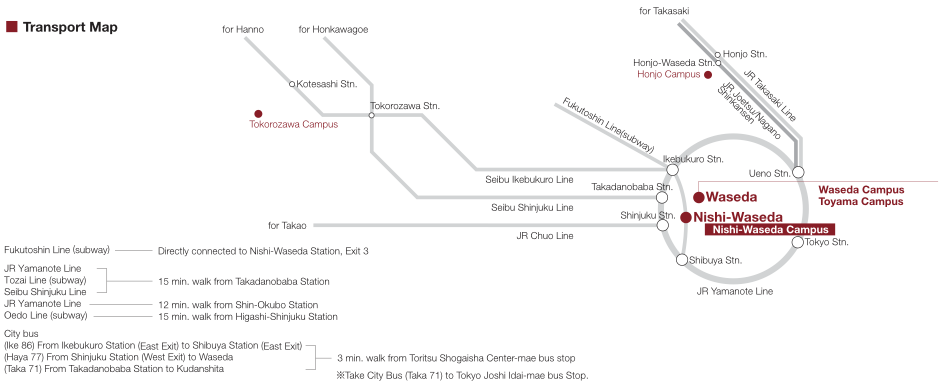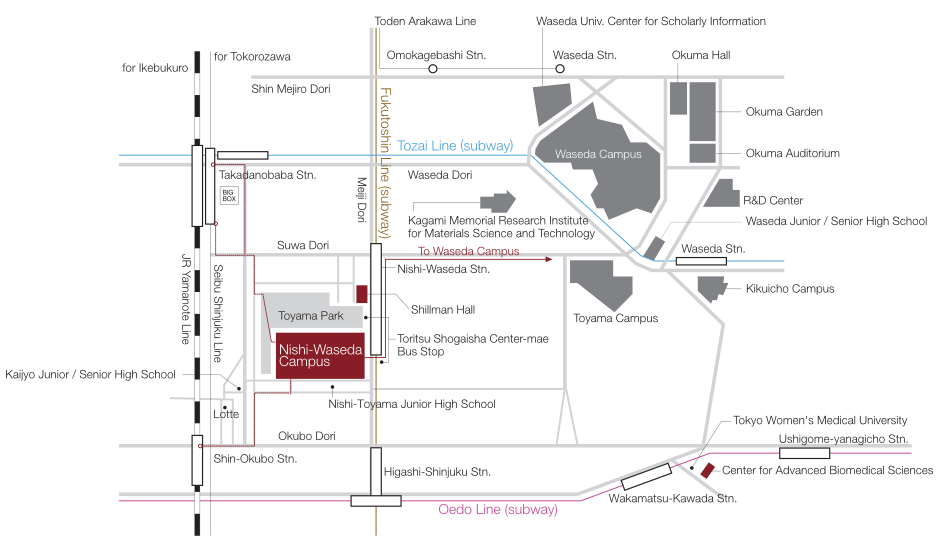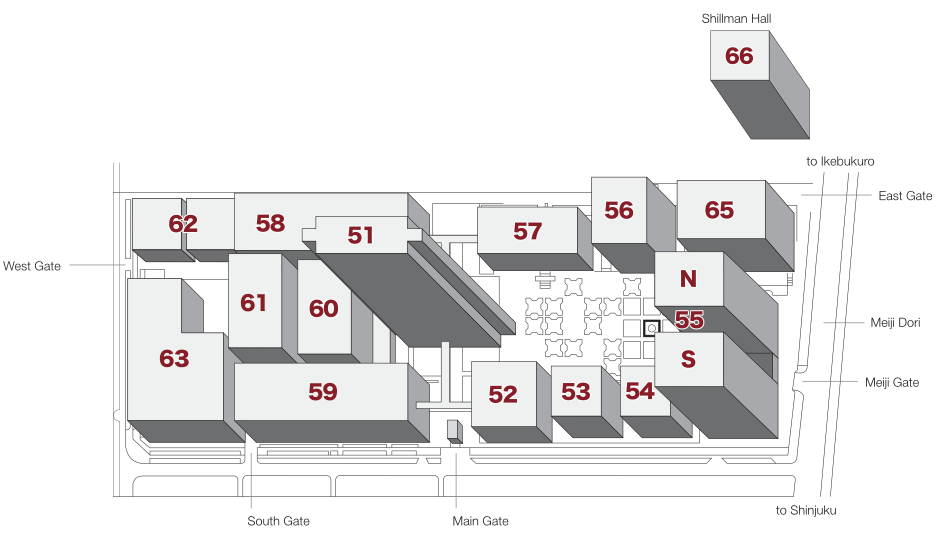High Energy Astrophysics Group
High Energy Astrophysics Group
NEWS
- 2022/03/23
- 2020/05/14
Research
Core-Collapse Supernovae and the Formation of Compact Objects
There is a wide diversity of stars in the universe. Stars with masses up to 100 times the mass of our sun are being formed in our present universe. Nuclear fusion occurs in the interior of stars, and generates heavy elements as time goes on. The final fate of the evolution of these stars depends on their mass. Massive stars with masses over 10 times the mass of our sun are especially interesting, forming iron cores near the end of their lives. Iron is the most stable element, so it does not fuse any more with other elements. When a certain amount of iron is formed, massive stars cannot withstand its heavy weight, and starts to collapse towards its center. This is called gravitational core-collapse, and is thought to be the fate of massive stars.
One of our main research topics is what happens after core-collapse. It is an important problem that has not yet been revealed theoretically. Observations show that these events may most likely lead to supernova, and the formation of neutron stars. But how the core-collapse causes supernova explosions remains a mystery. Neutrinos are expected to be playing a key role, but magnetic fields may be more essential. Our group is aiming to unravel these mysteries by constructing theoretical models, and conducting large scale simulations. We are also working on how we can confirm our theories from observation, such as neutrinos and future gravitational wave detection.
There is a particular class of neutron stars called magnetars, which have extremely strong magnetic fields. The magnetic fields of magnetars are a hundred-billion times stronger than a neodymium magnet. Magnetars are known for their outbursts called giant flares and the cause is thought to be their magnetic fields. Although quantum processes are important in such strong fields, they are not well understood yet. In our group, we study the quantum theory in strong electromagnetic fields to underderstand magnetars.
Stellar Structures and Evolution
Stellar structures are also a major topic that we are studying. The static structure of a star is fundamental in understanding its evolution and the later dynamical processes. Our group is working on how to formulate static structures of stars.
It is also known that over half of all stars form binary systems. In fact, massive stars are almost all in binary or multiple systems. Binary stars can interact during their evolution, which can lead to many interesting phenomena. Formation of neutron star binaries are especially important because they are the main targets of gravitational wave detection projects. Our group is investigating massive star binary evolution and their consequences.
Publication
Lab members are written in italic
Seminar
Organizers: Wu Fan / Ryodai Kawaguchi / Taishi Sano
Contact: seminar_at_heap.phys.waseda.ac.jp (Please replace _at_ to @.)
Member
| Name | Email Address | Link | |
|---|---|---|---|
| Professor | Shoichi Yamada | shoichi@*1 | rm |
| Assistant Professor | Wakana Iwakami | iwakami@*3 | Ryuichiro Akaho | akaho@*2 | rm |
| Visiting Scientist | Yu Yamamoto | yamamoto@*2 | |
| Laura Barrio | laura@*2 | ||
| Milad Delfan Azari | milad@*2 | ||
| Third year PhD Student | Wu Fan | wu@*2 | |
| Second year PhD Students | Akira Ito | ito@*2 | |
| Liu Jiabao | liu@*2 | ||
| First year PhD Student | Daiyu Sakurai | sakurai@*2 | |
| Second year master's students | Rikutaro Yamazaki | yamazaki@*2 | |
| Wu Tongyang | wut@*2 | ||
| First year master's students | Takahiro Kageyama | kageyama@*2 | |
| Shion Kurihara | kurihara@*2 | ||
| Undergraduate | Ryusei Ozaki | ozaki@*2 | |
| Ryogo Takeuchi | Takeuchi@*2 | ||
| Woohyun Kwon | kwon@*2 | ||
| Hiroto Kanda | kanda@*2 |
About email address
- *1 → waseda.jp
- *2 → heap.phys.waseda.ac.jp
- *3 → aoni.waseda.ac.jp
About link
- → Personal website
- → ORCiD
- → researchmap
Contact
TEL
03-5286-1697 (Extension Number : 3667)
Address
Room 07, 4F, N Tower, Bldg. No.55, 3-4-1 Ookubo, Shinjuku-ku, Tokyo, 169-8555, Japan
Yamada laboratory, Physics Department, Advanced Research Institute for Science and Engineering, Waseda University
Access
| Line | Station to get off | From station |
|---|---|---|
| JR Yamanote Line Tokyo Metro Tozai Line Seibu-Shinjuku Line | Takadanobaba Station | 15 min walk |
| JR Yamanote Line | Shin-Okubo Station | 12 min walk |
| Tokyo Metro Fukutoshin Line | Nishi-Waseda Station | 0 min walk from the 3rd exit |
| Toei Oedo Line | Higashi-Shinjuku Line | 15 min walk |
| Toei Bus (池86)Ikebukuro Sta. Higashiguchi (East Exit) → Shibuya Sta. Higashiguchi (East Exit) (早77)Shinjuku Sta. Nishiguchi (West Exit) → Waseda (高71)Takadanobaba Sta. → Kudanshita | Sodai-Riko (Waseda Univ.) | 3 min walk |

Vicinity Map

Nishi-Waseda Campus

Link
Meetings
- "The Evolution of Massive Stars and Formation of Compact Stars: from the Cradle to the Grave"
(February 2020) - "Physics of Core-Collapse Supernovae and Compact Star Formations"
(March 2018) - "Formations of Compact Objects: from the cradle to the grave"
(March 2012) - 21COE Workshop: "Inside Compact Objects"
(November 25, 2004)